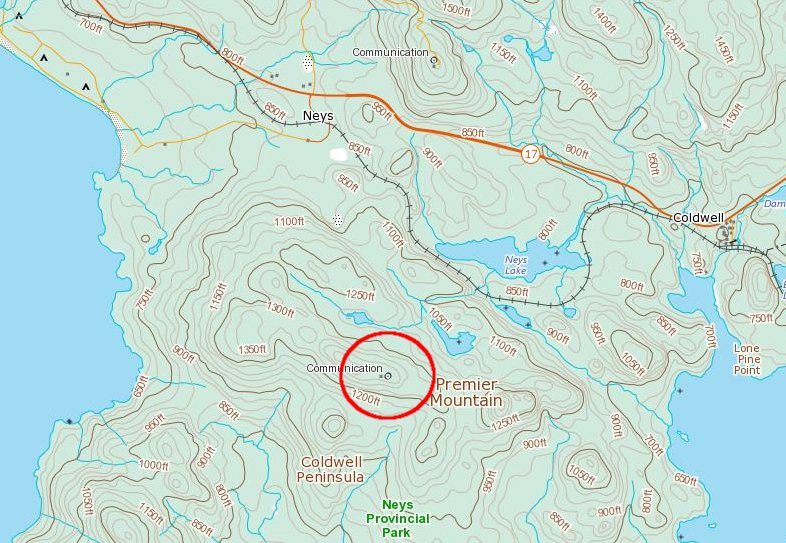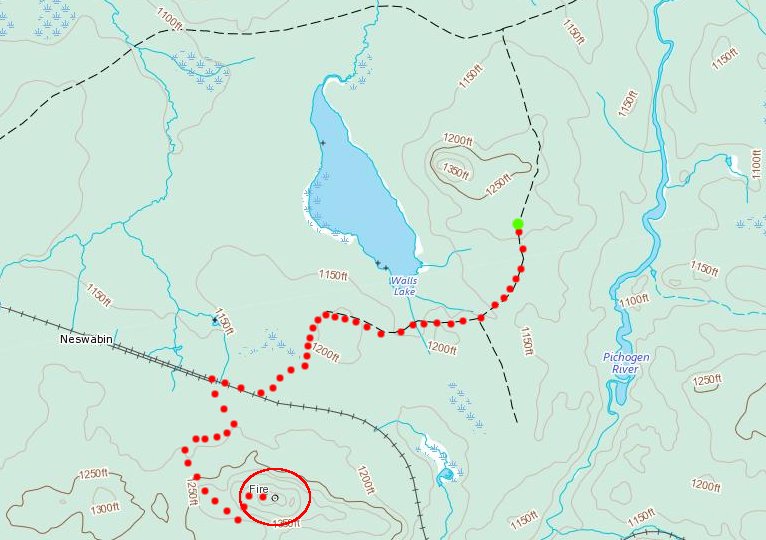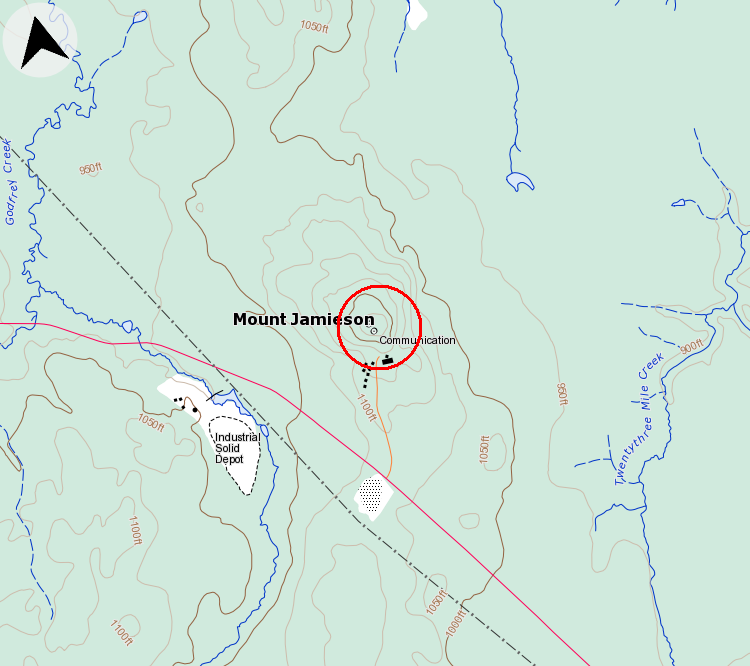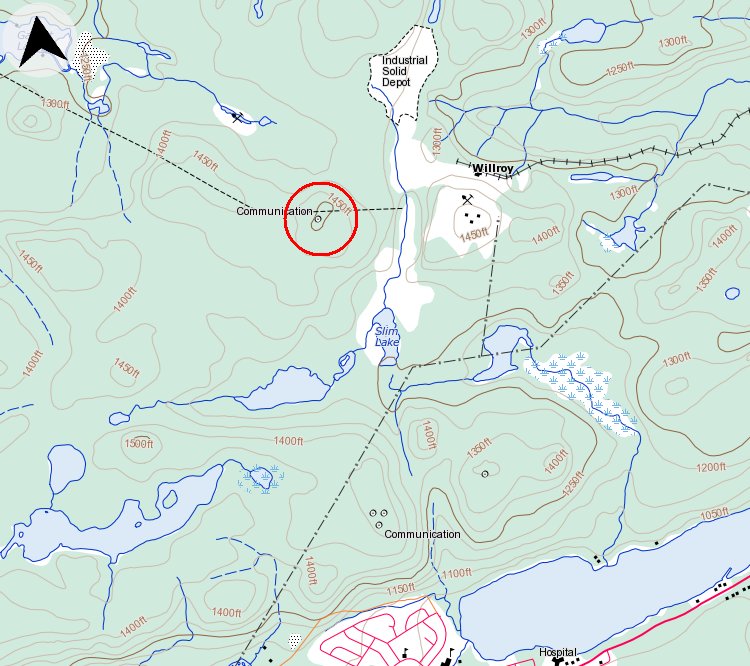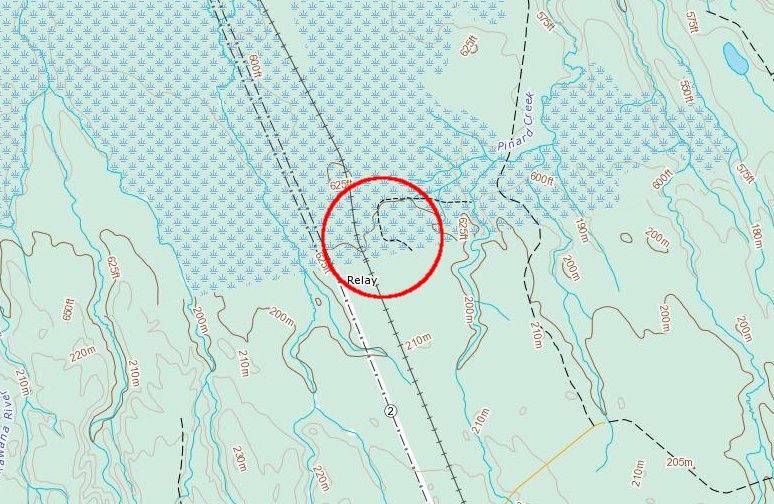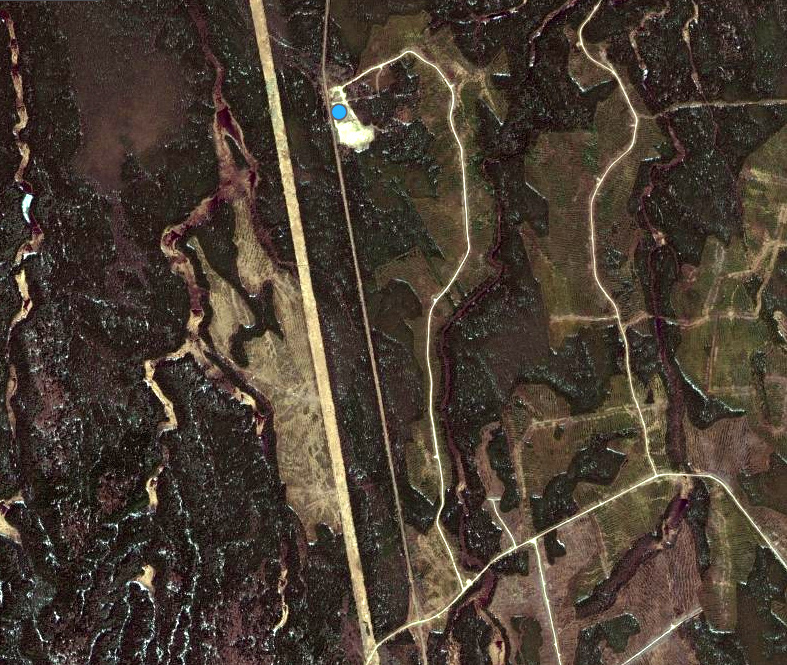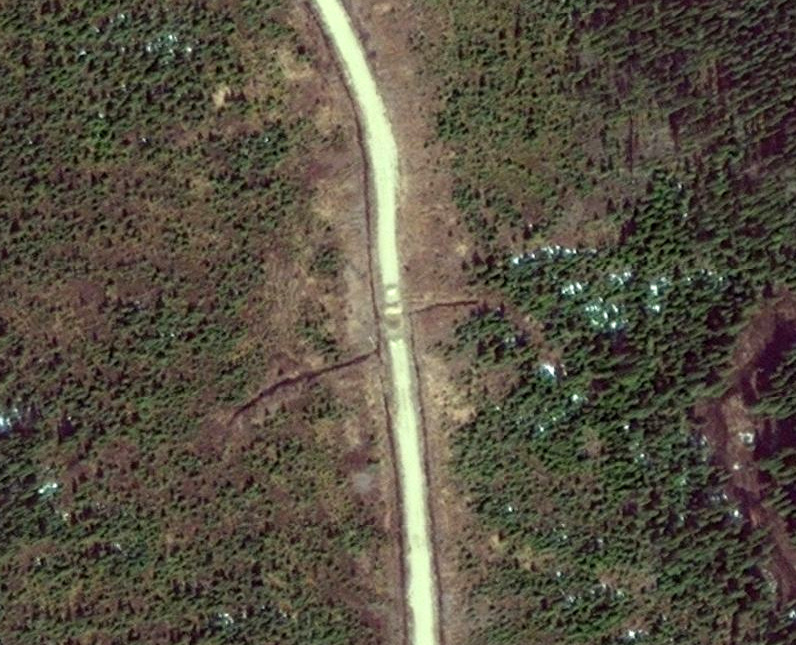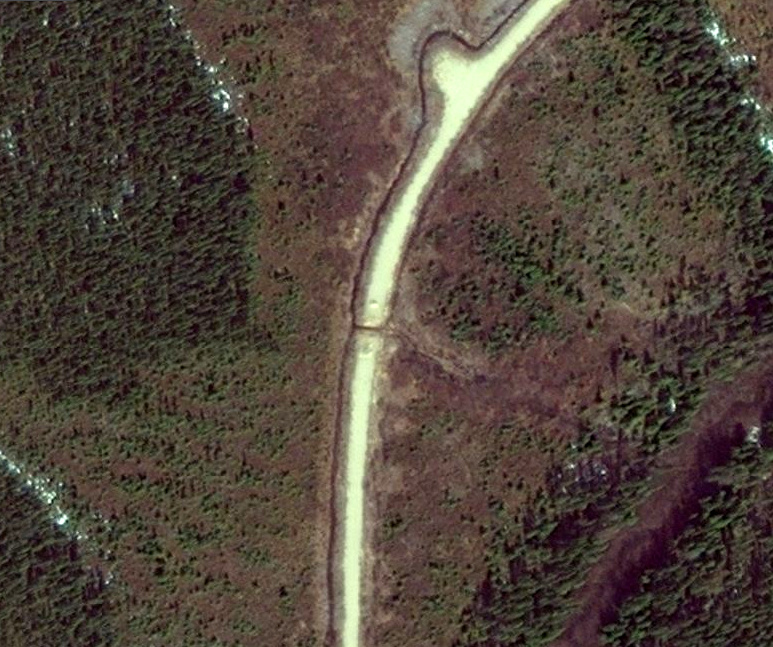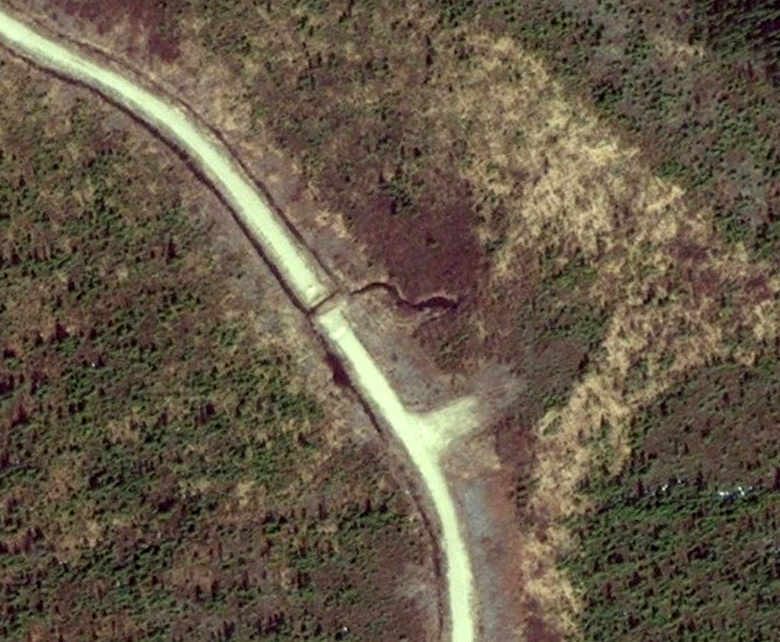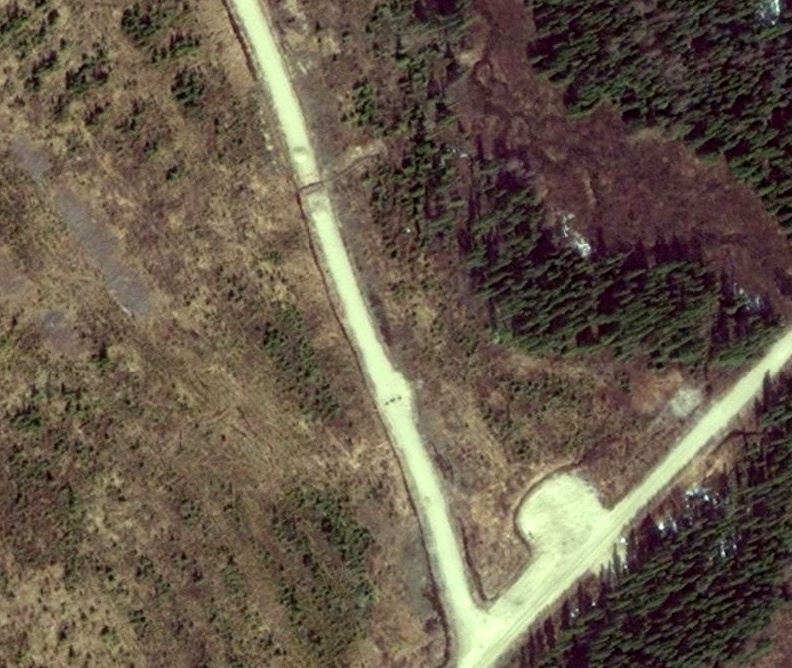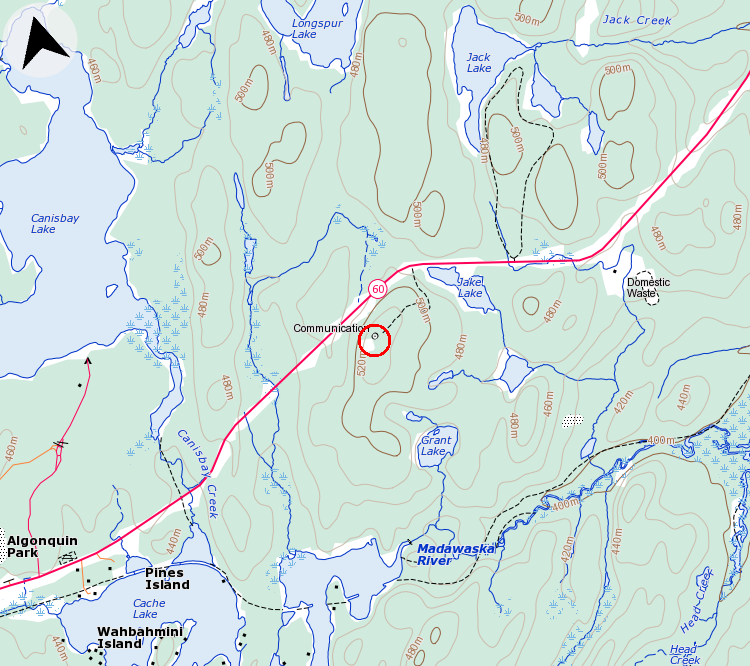Neys Provincial Park, Ontario
Believe to be located in Neys Provincial Park, the exact location of the Marathon Gap Filler Annex is presumed to be the location of a current commercial antenna tower, which can be seen from the Google Maps satellite imagery. What exactly remains is unknown, I would expect foundations, and perhaps evidence of a fence.
It's worth mentioning that this site, while remote, does have a fully functioning campground nearby, and therefore may have physical security at the entrance to the access road that leads up the mountain (like a farm gate). I was pleasantly surprised that wasn't the case at Mont Ste Marie, and similarly, I hope there are no barricades here either. The road to the top of 5 Kilometres of dirt road, but I know it has to be passable by some kind of full size maintenance vehicle, so travel in a 3/4 ton Suburban must be possible. 4WD may be required. Worst case, I can walk it!
View Larger Map
Believe to be located in Neys Provincial Park, the exact location of the Marathon Gap Filler Annex is presumed to be the location of a current commercial antenna tower, which can be seen from the Google Maps satellite imagery. What exactly remains is unknown, I would expect foundations, and perhaps evidence of a fence.
It's worth mentioning that this site, while remote, does have a fully functioning campground nearby, and therefore may have physical security at the entrance to the access road that leads up the mountain (like a farm gate). I was pleasantly surprised that wasn't the case at Mont Ste Marie, and similarly, I hope there are no barricades here either. The road to the top of 5 Kilometres of dirt road, but I know it has to be passable by some kind of full size maintenance vehicle, so travel in a 3/4 ton Suburban must be possible. 4WD may be required. Worst case, I can walk it!
View Larger Map
